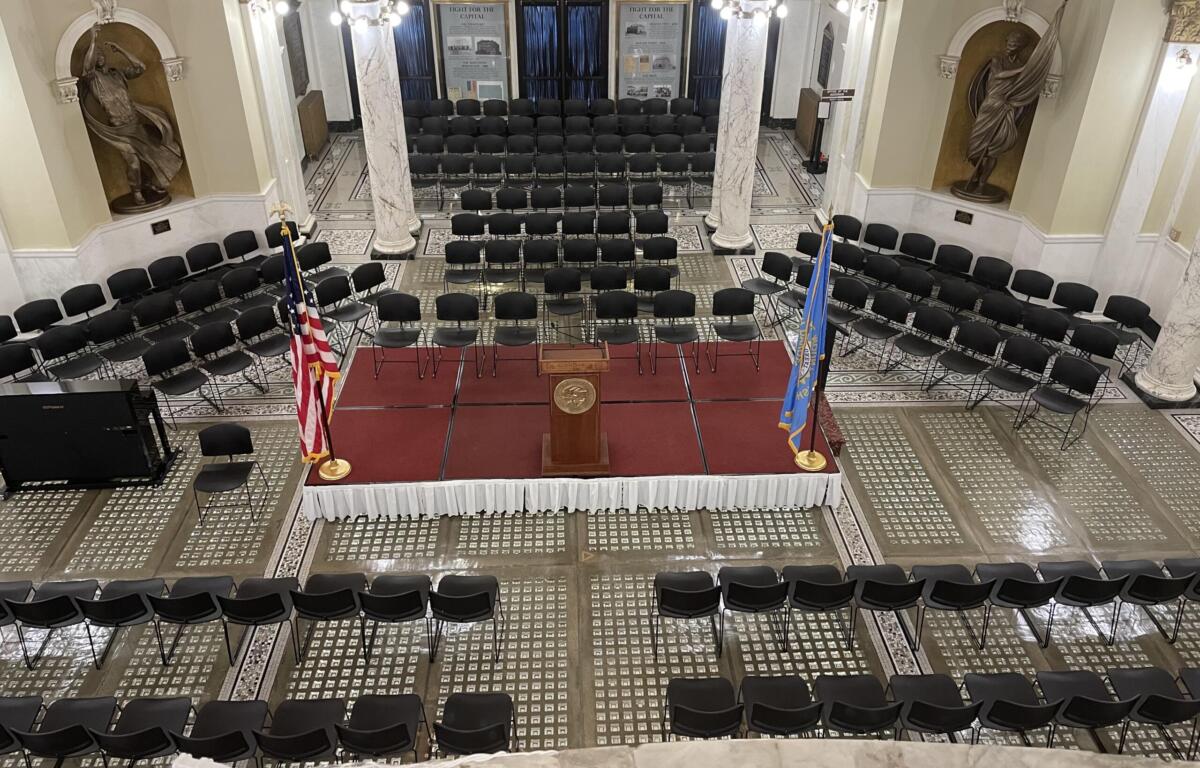We finished legislative day 12, there are 26 days remaining. So far there are 152 House Bills and 138 Senate Bills.
This week the Joint Committee on Appropriations heard testimony from Board of Regents, Technical Education, Department of Ed and Ag and Natural Resources. We will finish hearing testimony from all departments on February 8th, the 20th Legislative Day. Revenue setting for fiscal year ending June 30, 2024, will begin on February 14th the 23rd Legislative day.
In addition to the wide array of testimony from a variety of departments, much of my time has been spent in participating in a Medical Providers Workgroup. This year we (Joint Appropriation Committee) formed six workgroups. These groups are tasked with meeting outside normal committee meetings with stakeholders to better understand critical issues that affect the citizens of our state.
The Medicaid Providers Workgroup identified 10 providers that are dependent on Medicaid, those being Nursing Homes, Assisted Living Centers, In-home service providers, Group Care providers, Psychiatric residential treatment facilities, substance abuse disorder treatment and prevention providers, community mental health centers, intermediate care facilities, community support providers and several providers deemed appropriate for inclusion by either the secretary of DSS or DHS. The amount of financial support needed by providers has reached the critical stage and is and will continue to consume a large portion of our state’s revenue
Health, Human & Social Services consumes $661m or 29% of our States forecasted revenue. Of the $661m, $422m or 64% is Medicaid. This is up from $391m in FY22 and projected to be $692m in FY26.
How do we adequately fund Medicaid? We are in the process of reassessing methodology from which rebasing can take place. SB 147 passed in 2017 states “the department of social services and the department of human services shall jointly establish a rate setting methodology for services delivered by community-based health and human serves providers. Each category of service shall undergo a comprehensive rate modeling analysis at least every five years”. While this is being done, the inflation rate has outpaced the general intent of this bill in 2017. There is a lot of catch up needed which will come with a large price tag.
Complicating our plan to better fund Medicaid providers are bills to reduce sales tax. One being to repeal sales tax on food will lower on-going tax revenue by $110m, another that would cut sales tax on everything from 4.5% to 4% at a cost of $168m, another proposal being debated would reduce property taxes on owner-occupied homes at a cost of $82m.
South Dakota’s tax revenue has grown the last number of years. Some believe it is the result of South Dakota being an open state in terms of the pandemic. While others believe it is the result of the $13.6 billion dollars of stimulus dollars injected into our state’s economy since 2020. While others contribute the revenue growth to the fact that South Dakota’s tax system ranks 2nd overall on the 2022 State Business Tax Climate Index which attracts both business and consumers to our State.
We will wrestle through revenue projections all the while addressing bills that will increase expenditures and others that will lower revenues. We will balance the budget as mandated by our constitution.
Thank you for the honor of representing District 20


